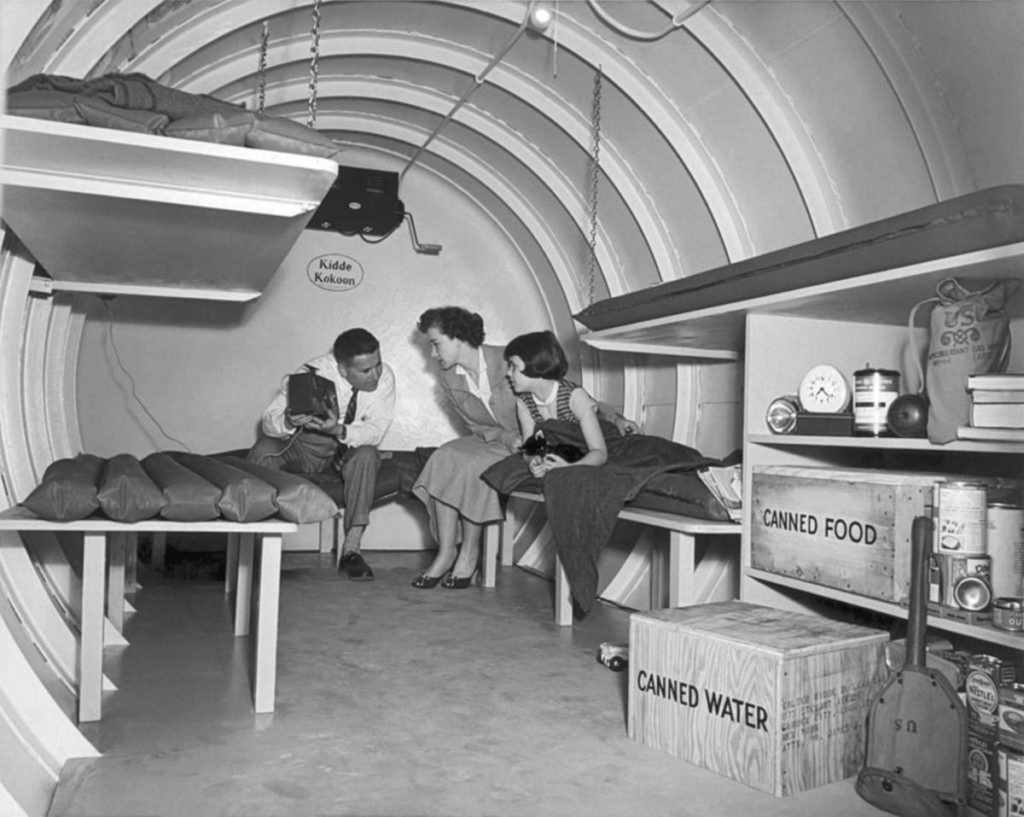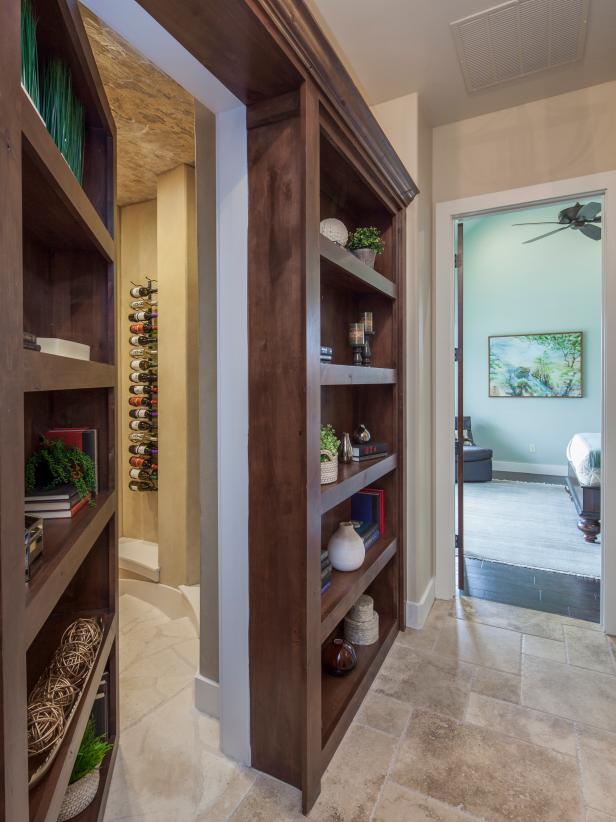Safe rooms, panic rooms, secure rooms, or hidden rooms have come a long way from the days of providing protection from a tornado or nuclear blast. Today you’ve got a ton of options as well as reasons to seriously consider a safe room for your home.
So what is a safe room, circa 2020, and why should you consider one?
We’re Not in Kansas Anymore
Once upon a time a safe room was associated with threats posed by Mother Nature (think Dorothy in the Wizard of Oz trying to make her way to the storm cellar. If she’d made it, we’d never have discovered Oz).
By the 1950s and the start of the Cold War, middle class families mostly in the suburbs were adding safe rooms to protect against a nuclear attack from the Soviet Union.
Whether they were intended for natural or manmade events, these safe rooms were usually a basement, root cellar, or underground bunker that might include some water, food, and waste disposal in case you were going to be in there for awhile.
Today, however, safe rooms have taken on a whole new meaning, thanks to a growing number of home invasions, armed burglaries, active shooting events, and even social unrest.

1950’s era underground bomb shelter which were built at the height of the Cold War with the Soviet Union.
Safe rooms for protecting against home attacks are also known as panic rooms or secure rooms. When properly designed, a safe room should provide an impenetrable defense against would-be aggressors with bad intentions who have made it past your existing detection and alarm systems.
Note: We don’t like the term panic room largely because a well-designed safe room should remove any sense of panic. In fact, your safe room has put you, the homeowner, in the driver’s seat. If there’s any panic involved, it should be on the part of the invader since the clock is ticking toward the arrival of law enforcement.
Should You Consider a Safe Room?
So, does a safe room make sense for your home? The short answer is, it depends.
For starters, a safe room should be looked at as a last form of defense. The bad actors have have set their sights on your home, have gotten past your external security cameras and alarms, and have bad intentions when they reach you or your loved ones (statistics show that most home invaders anticipate and even look forward to physical conflict).
The safe room in that scenario becomes your ultimate defense, a place where you can retreat and take refuge until the cavalry arrives. So, it might make sense to rephrase the question as:
- Do you have possessions that are priceless or irreplaceable to you?
- Do you face a reasonable risk of a home invader attacking you or someone in your home?
- Do you live in an area where violent crimes have been known to occur?
- Are you a potential target (for any reason)?
If you can answer yes to any of these, then a safe room might make sense for your home. As such, let’s look at your options.
Disguised Safe Rooms
In recent years a number of vendors have popped up offering what, literally, might be called a ‘canned approach.’ Meaning they ship a heavy metal cylinder or box (picture an oversized phone booth) into which a home’s occupants might escape in the event of trouble.
We don’t like them because:
- They’re an eyesore
- They’re expensive
- They’re limited in size
- They can’t be used for anything other than security (i.e. that’s a lot of wasted real estate inside a home)
- They essentially broadcast to the world that you have a safe room (we recommend disguised safe rooms)
- And did we mention they’re ugly?
Instead, we recommend converting an existing room – for example, a master closet, den, spare bedroom, or home office – into a safe room.

A hidden room security valuable wines behind a swiveled bookcase.
Appropriately designed, these rooms remain exactly what they are and any visitor would have no idea about their dual functionality. But you’d know that your safe room includes:
- A reinforced door and door framing
- Ballistics-proof walls (and windows)
- Hidden silent alarm and communication box
A Complete Spectrum
Today a full spectrum of safe room options are available to homeowners. Whether you’re looking for a simple hidden room that only you and your family are aware of, or life-sustaining room (or series of rooms) that can support all life functions over an extended period of time, there’s something for everyone.
Here are just a few of the options. Most safe room builders offer an a la carte approach, allowing homeowners to pick and choose their options based on need, budget, etc.
Hidden Room – This might be the easiest and least expensive of all safe room options, since all that is required is a hidden access point and spare room behind it. Like safe rooms, however, a hidden room also can be outfitted with alarms, communications, and other technology services.
Canned – The aforementioned pre-built unit that sits in your basement, garage, or backyard.
Basic – The most basic safe room is often a master closet secured by a reinforced door and framing.

An impenetrable safe room door designed to keep even the most aggressive intruders out.
Moderate – These safe rooms usually include ballistics-proof walls (resistant to heavy-duty firepower), reinforced door(s) and windows, and alarm and communication systems.
Premium – Here we’re talking about a more traditional living space – think den, home office, master bedroom, etc. – that retains its design and functionality but has been rebuilt to safeguard against even the most aggressive of attackers.
In addition, safe rooms can include a wide variety of technologies and tools, including detection and monitoring video systems, automated and manual alarms, wired and wifi communications, air and water filtration systems, independent escapes, and much more.
Want to learn more about your safe room options? Give us a shout and we’ll help you decide.


[…] your best option is to simply hide in a safe room, a secure hiding place, that only you know […]